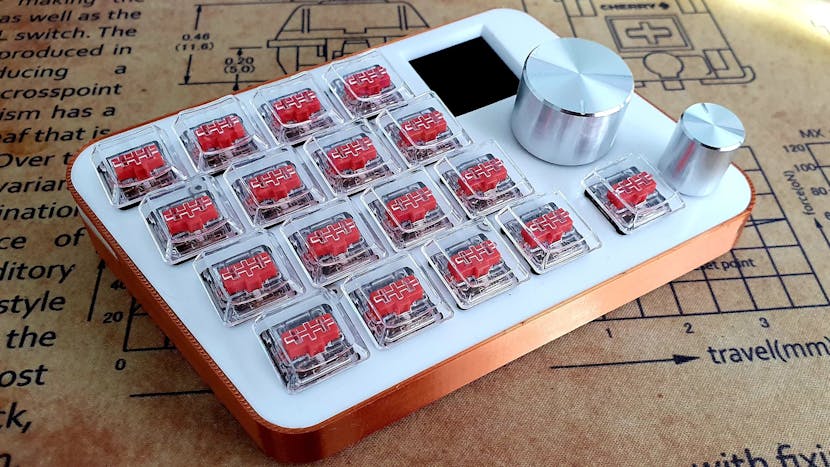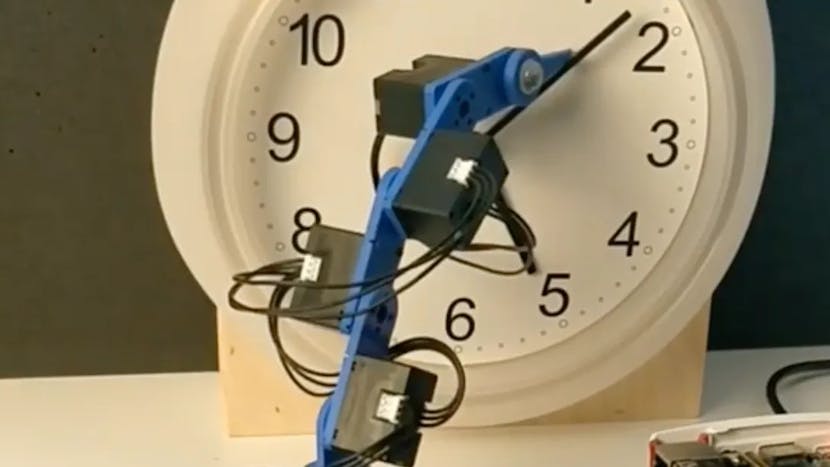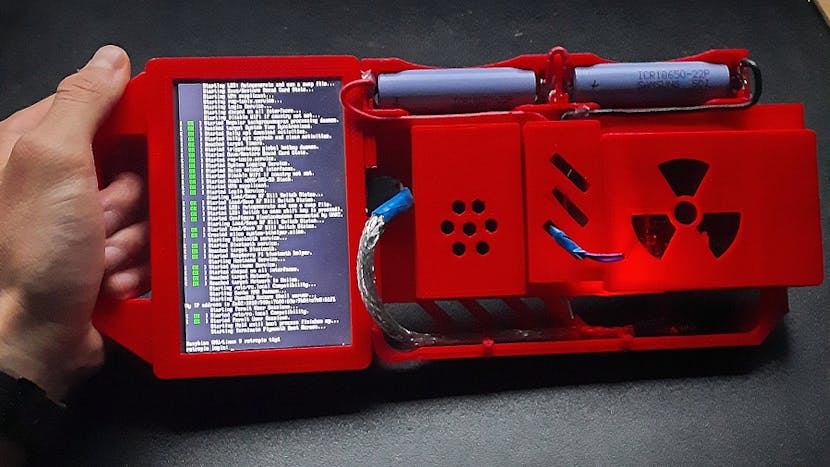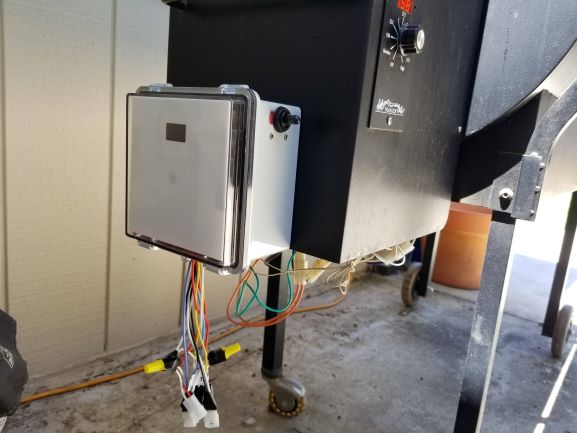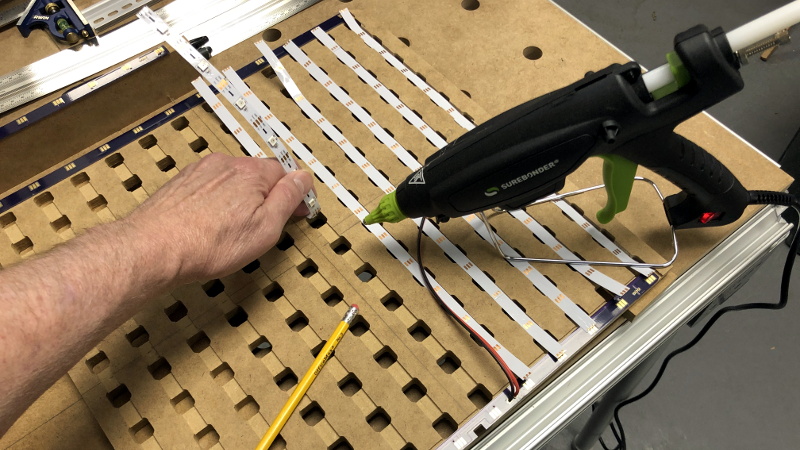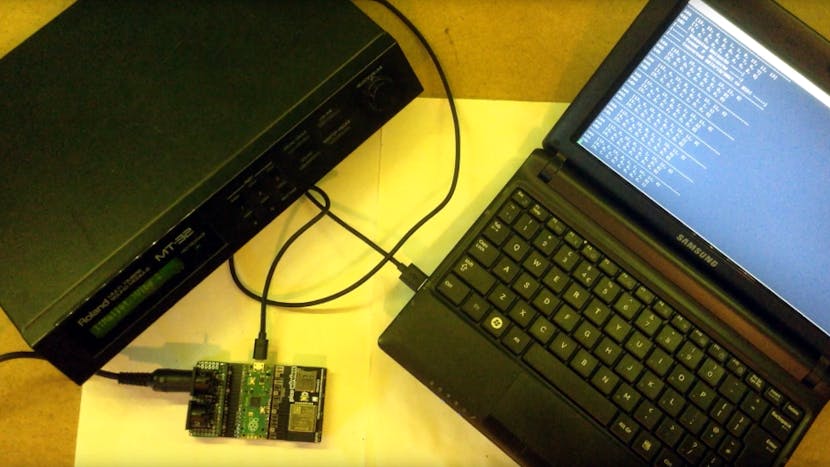This stunning Raspberry Pi Pico macro keyboard features 17 keys, two encoders, an IPS screen, and a 3D-printed enclosure.
The keyboard/mouse combo has worked well for many years, but with the availability of HID-capable microcontrollers, 3D printing, and custom-made circuit boards, it’s possible to buy or construct your own third interface device: a macropad. These auxiluary keyboards can be programmed to do all sorts of tasks in an instant that cost you precious seconds before. Some even include an encoder (or two) and perhaps an auxiliary interface screen.
